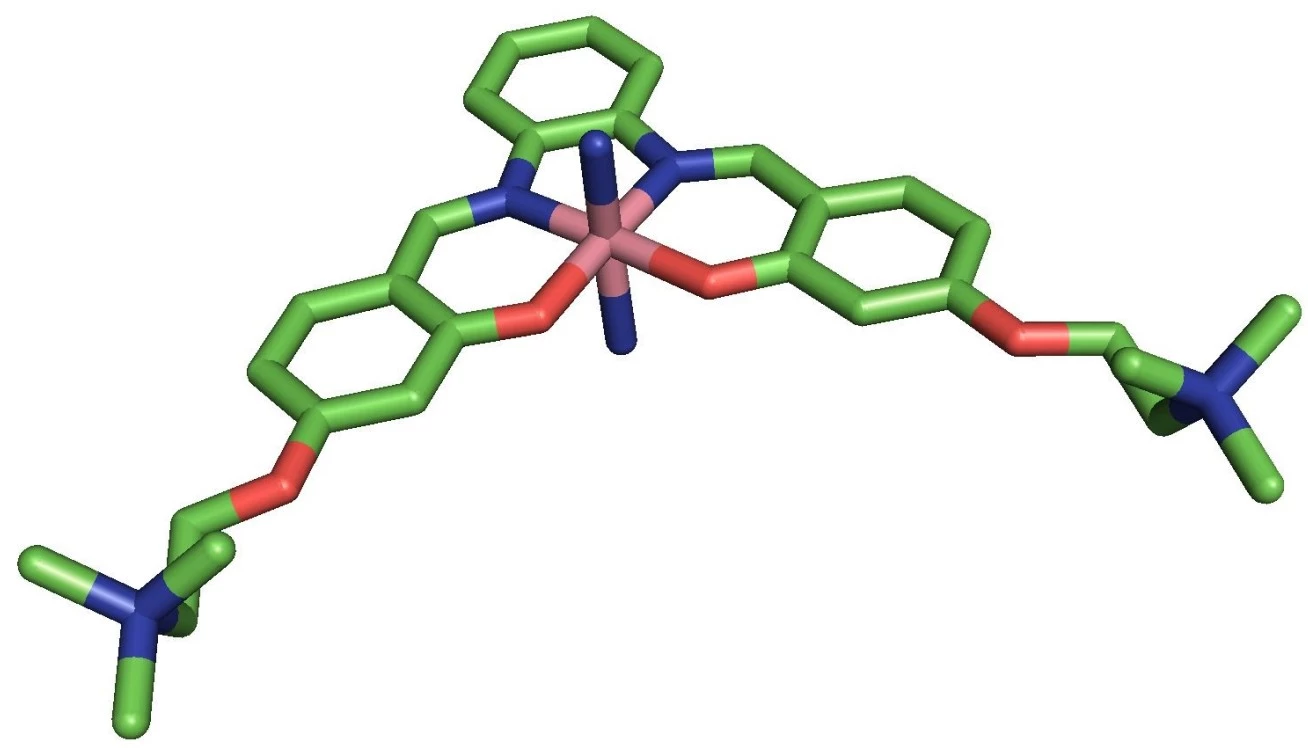Among the more interesting ways scientists hope to tackle the roots of Alzheimer's disease is by using microbubbles to prise open the blood brain barrier and sneak in drugs that bust apart toxic plaques. A team in the UK has found new success using this experimental approach, demonstrating how the technique can be combined with ultrasound and a novel metal-based molecule to prevent this type of plaque buildup in its early stages.
The idea of using microbubbles in combination with ultrasound to take aim at Alzheimer's is something scientists have been exploring for a number of years now. One research group making some promising advances is a team at Australia's University of Queensland, who published some exciting early results way back in 2015.
The blood-brain barrier is a highly selective group of cells that act as a gatekeeper to prevent harmful molecules and toxins that are circulating in the blood from crossing over into brain. But one consequence of this is that it is difficult to deliver drugs to the brain to treat certain diseases, whether it be brain cancer, Parkinson's or indeed forms of dementia like Alzheimer's.
Microbubbles potentially offer a way to overcome this obstacle. When a focused ultrasound is applied to the region these injected microbubbles rapidly move back and forth and cause the blood-brain barrier to temporarily open, clearing the way for molecules to enter and go to work.
The University of Queensland team has found success using this approach to deliver drugs that take out the toxic amyloid plaques that can destroy synapses and are seen as key drivers of Alzheimer's disease. Further, they've found that the technique can be effective even without any drugs, with the ultrasound activating cells that digest the plaques all on their own, and that combining it with ultrasound can restore signaling between neurons to youthful levels in mice.
Separately, scientists at Imperial College London have been developing metal-based molecules that could be deployed via this method to prevent amyloid buildup in the brain. Previous efforts have fallen short, with these molecules often proving toxic to healthy cells or incapable of getting where they need to go.
“Very few metal-based molecules have been investigated as potential inhibitors of amyloid-β build-up because of toxicity issues and difficulty crossing the blood brain barrier," says first author Tiffany Chan.

The molecule combines the metal cobalt with a group of organic molecules around it, along with chemical groups that prevent it being absorbed by healthy nerve cells. The molecule has the ability to bind to amyloid peptides, the individual fragments that join forces to form the damaging amyloid proteins and clusters.
In experiments on mice, the team injected the novel molecule into the rodent's veins along with microbubbles, and then used an ultrasound focused on the hippocampal region of the brain, which is particularly vulnerable to amyloid build-up in Alzheimer's. The molecule was not only safely delivered to the mouse brains, but could be directed to specific locations, with the team successfully delivering it only to the left hippocampus with no ill effects observed after several weeks.
In separate experiments, the team also studied their novel metal-based molecule through in vitro experiments on human brain-like cells. Here, the scientists demonstrated the "high inhibitory activity" of the molecule through its ability to bind to the amyloid peptides, while also showing that it was not toxic to human cells.
“This study shows the potential that metal-based molecules have in preventing amyloid-β aggregation," says co-author Professor Ramon Vilar. "The new compound will be studied in more depth to establish whether it can also prevent amyloid-β build-up in mice without having unwanted toxic side effects.”
The research was published in the journal Chemical Science.
Source: Imperial College London




